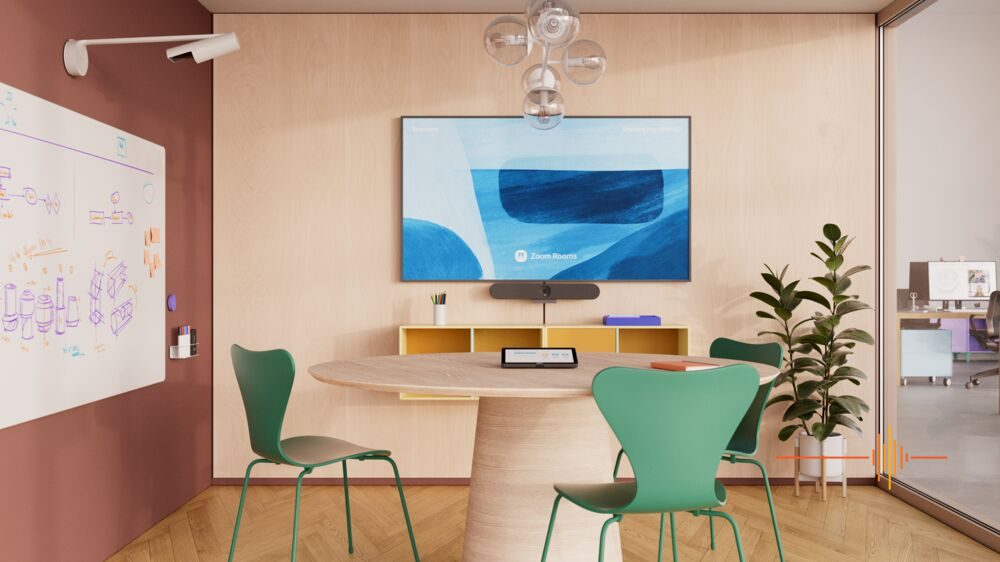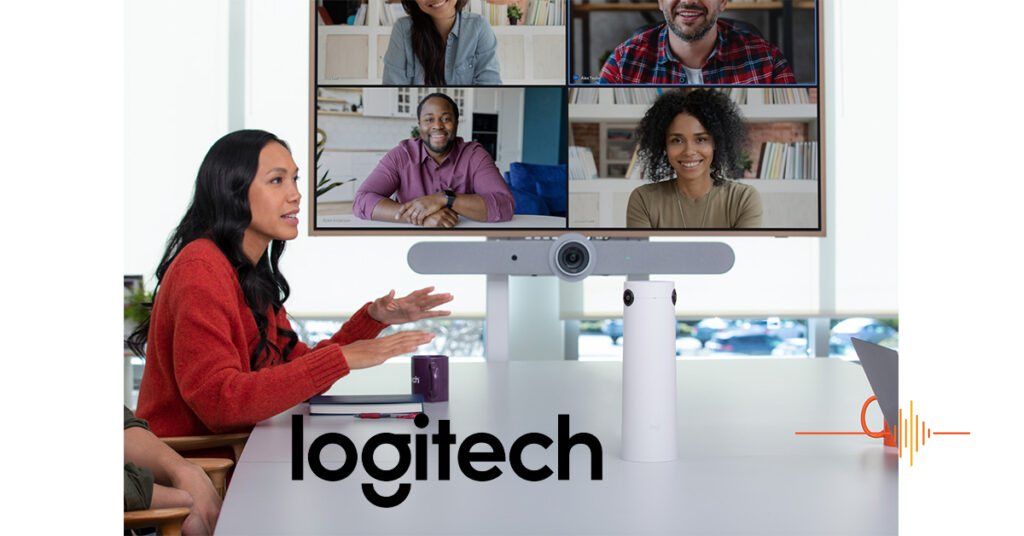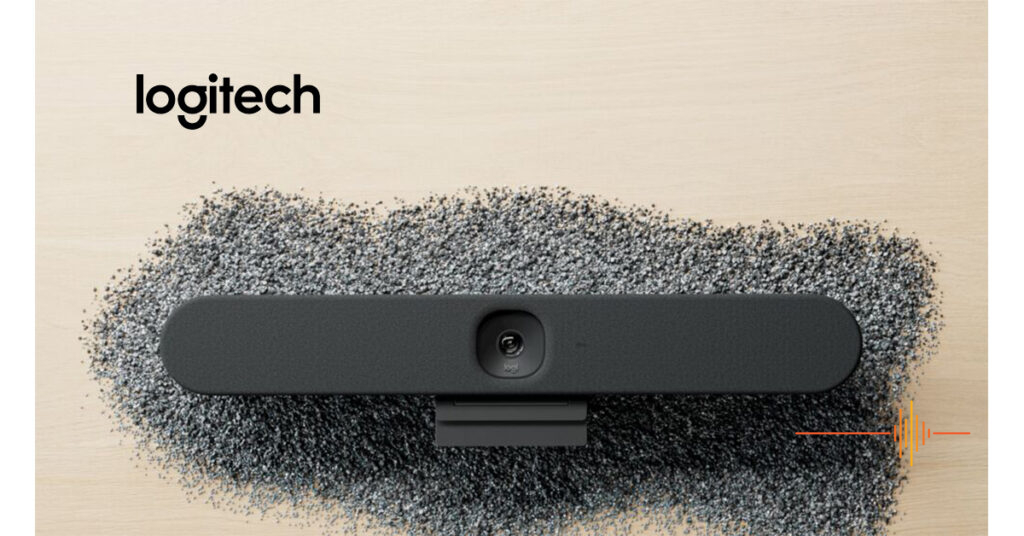We have all been there: the meeting that could be an email. Everyone trudges into a room, or a townhall meeting, and we mostly stare blankly at the speaker, occasionally participate, then we troop back to our desks, back to the grind. Nothing has changed, but management has ticked off a box that says they have communicated.
As an editor for Digital Reviews Network, I frequently lean on my day job background for insights into my reviews and editorials. This is one of the those time when I think back through my work history. It feels fantastical the experiences I have gathered, and feels well beyond the three plus decades I have been working.
I have been involved with video conferences long before the COVID-19 pandemic, courtesy of my involvement in multi-national companies.
There were many hours of congregating in a virtual room, tens of people huddled around conferencing systems in multiple locations throughout Southeast Asia and Oceania. Giant TV(s) on the wall, single or dual camera systems (I’m looking at you Cisco SX80!), multiple microphones on the table and speakers in the ceiling. The cost of equipment and set up was staggering, along with the on-going maintenance and subscription costs.
Aside from the inevitable first half hour (if we are lucky) of “hello, can you hear me” issues, the intangible costs of having the equipment ready, the number of people in the room away from their desk and their own workload, could only be described as wasteful.
Even before COVID and the great isolation periods, these conferences were becoming more common and acceptable as a way to reduce the cost of conducting business with disparate locations. It reduced travel and accommodation costs, loss of productivity from transit time, amongst other things, while also allowing staff to not have to take time away from home and family.
There were also a lot of resistance to change, too. With various excuses made for both sides of the coin. One of the best I personally heard was that, whilst multiple sites were all joined in an all-hands-on-deck tele-conference, to be told one of the sites was “geographically too far away” for a strategy to be implemented in line with the rest of the business. You could imagine what this occasionally offensive, unfiltered editor’s response was to that!
Ah yes, etiquette. We must maintain decorum, even in the face of the occasional ludicrous, indefensible strategic decision making. Logitech, being no stranger to this workspace, has some thoughts for mastering hybrid meeting etiquette for success.
The Managing Director of Logitech Australia and New Zealand, Damian Lepore, shared some insights with us.
In the dynamic landscape of modern work, the shift to hybrid models has reshaped how organisations operate and collaborate. At Logitech ANZ, we were committed to workplace flexibility long before the pandemic, fostering a diverse and engaged team environment. Here are some of our learnings along the way.
Setting clear agendas for enhanced productivity
Clear agendas are the cornerstone of productive meetings, especially in a hybrid setting. With participants scattered between physical and virtual spaces, ensuring alignment and focus becomes paramount. A concise agenda, outlining meeting topics, key objectives, and supporting materials, serves as a guiding light, maximising the value of time spent in discussions.
Cameras: a gateway to connection
The debate surrounding cameras during virtual meetings underscores the importance of human connection in hybrid settings. While opting for cameras-off may seem convenient, it can inadvertently dampen the collaborative spirit. Meeting facilitators should prioritise giving remote participants a voice by actively engaging and encouraging their participation. This will help foster a sense of engagement and inclusivity, transforming remote interactions into vibrant discussions.
Balancing personal connection and productivity with avatars
The introduction of avatars in virtual meetings adds a new dimension to hybrid meeting etiquette. While they offer a means of connection without the need for cameras, their overuse can prove distracting. Striking a balance between personal connection and productivity requires careful consideration and, potentially, the establishment of workplace policies regarding avatar usage.
Cultivating focus: a defence against multi-tasking
The temptation to multitask during meetings is a common challenge in hybrid environments. However, by reducing distractions and actively engaging in discussions, participants can fully immerse themselves in the meeting’s agenda. While we are all strapped for time, fostering a culture of focus during meetings is essential. When paired with clear agendas and active involvement, you will notice a remarkable improvement in your video call experiences.
Honouring time: ensuring meetings serve their purpose
Respecting participants’ time is paramount in fostering a culture of efficiency and respect. Prioritising essential meetings, while minimising unnecessary gatherings, enhances individual and team performance. By curating shorter, focused meetings with limited attendees, organisations can optimise collaboration without sacrificing productivity.
Mastering hybrid meeting etiquette is essential for maintaining professionalism and productivity in the remote work landscape. Though it may demand time and effort, it lays the foundation for a more inclusive and contended hybrid work environment for your team.

In the ever-evolving landscape of post-pandemic work environments, the future of hybrid work has become a subject of intense debate. Business leaders worldwide, including those in Australia, have voiced diverse opinions on what the future of work should entail. A recent KPMG survey predicting a full return to office by 2026 has added to this discourse.
Personally I am an advocate for hybrid work, it provides a level of flexibility for me that is of utmost importance for me to manage my family and commitments.
However, as a much smarter manager than me once said in a job long, long time ago, if you can work from home, you can work from Bratislava. The message was clear, if you never need to show your face in the office, then your job can be done from anywhere in the world, where labour costs are cheaper.
The challenge now is to strike that balance and efficiently engage with your team. There is a lot to be said for in person meetings. If I look back towards the early days of my work life, my schedule were often locked weeks in advance, except for Monday mornings which is always a company meeting at 8am with breakfast. That was the time to catch up with everyone else from other techs to admin staff.
In 2024, we can leverage technology to approach this in a similar manner but with greater respect to our teams.






